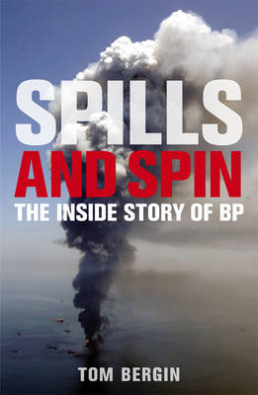Review by Ed Crooks.
It is a year ago this week that BP capped its Macondo well in the Gulf of Mexico, plugging the leak that had created the world’s largest ever accidental offshore oil spill, and already the disaster is passing into history. Most of the oil has gone – evaporated, digested by microbes, or collected by the army of clean-up crews – and most of the gulf coastline where the oil hit is now clear. Tony Hayward, BP’s chief executive at the time of the spill, who was cast as the villain of the drama by the US media, is rebuilding his career at Vallares, the energy investment vehicle that he leads with Nat Rothschild, billionaire scion of the banking family. In the US, political pressure on government regulators is focused less on their having failed to prevent the accident, and more on their slowness in approving permits for oil companies to drill more deep-water wells, which the industry and many politicians argue is costing jobs and contributing to higher petrol prices. There is now an extensive body of literature on the spill, from environmentalists’ philippics to a detailed account of how engineers finally sealed the well. In that crowded market, Tom Bergin’s Spills and Spin finds a niche by focusing on the history, leadership and culture of BP to explain why, although the explosion on the Deepwater Horizon rig on April 20, 2010 came as a terrible shock, there was “a distinct sense of déjà vu”.
The definitive account of how and why the disaster happened is still the comprehensive and well-presented report from the US presidential commission, available for free online at www.oilspillcommission.gov. However Bergin, a highly regarded oil industry reporter for Reuters, has provided the best assessment yet of how the accident was rooted in the nature of BP, the most swashbuckling of the oil giants, born paradoxically from a conservative nationalised industry. Although the book flags in its second half, about the spill and its aftermath, there are some illuminating details, including a convincing explanation of why BP did not cap the well more quickly. Bergin’s best chapters are the early ones, setting out the revolution in BP that turned it from a torpid “two pipeline company” in the 1980s, heavily dependent on the North Sea and Alaska, into a lean and aggressive global business.




